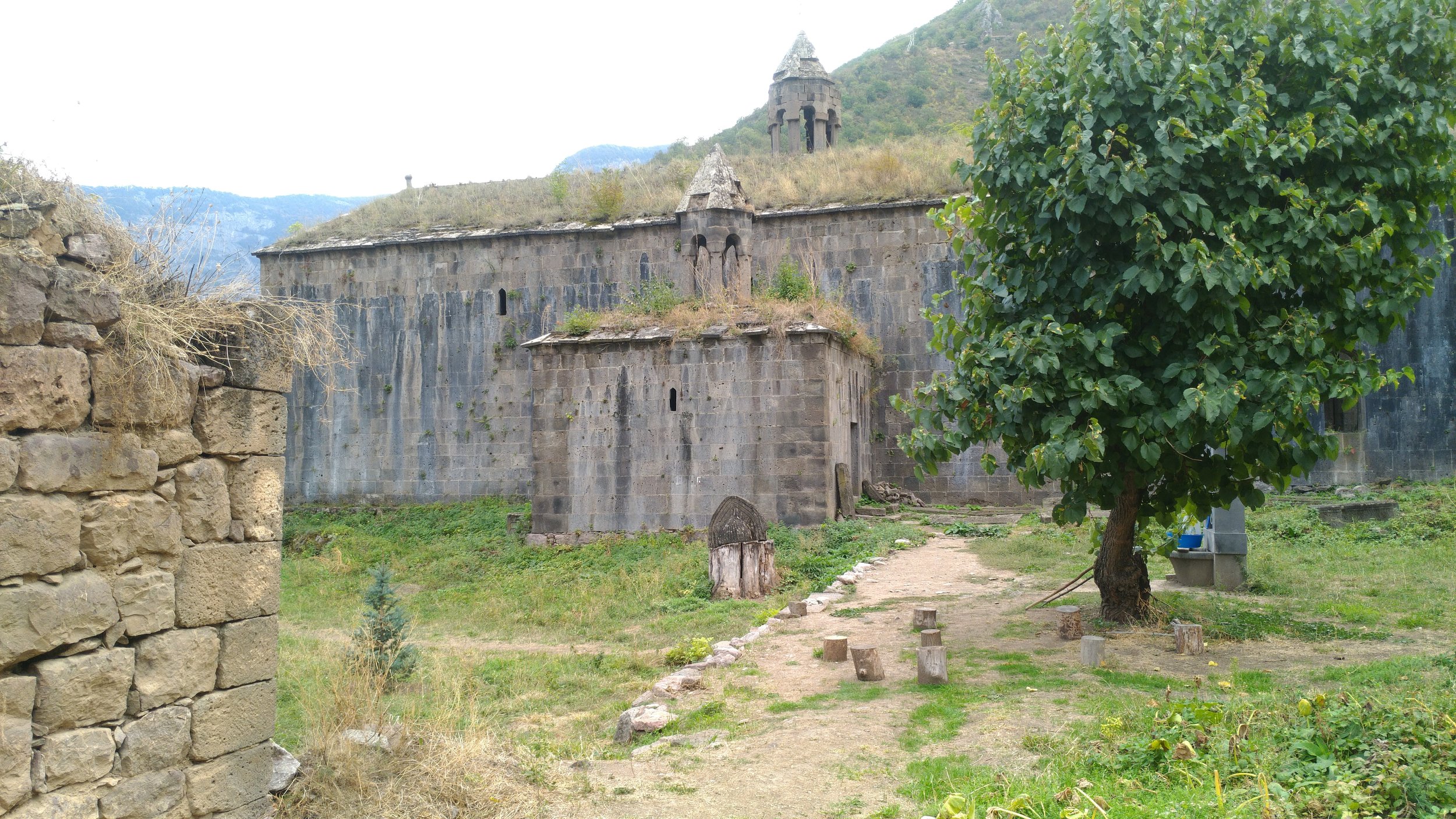This is just the info. For the full retelling of how my personal journey to Tusheti went, please click the link below for my full illustrated story. This is for information. The most common way people get to Tusheti is by going from either Tbilisi or Telavi to Kvermo Alvani and then hiring a driver to take you to Omalo. Here are the steps:
Tbilisi - Kvermo Alvani: 2 hours, 15 lari per person / taxi)
Telavi - Kvermo Alvani: 20 minutes (2 lari per person / marshrutka)
Kvermo Alvani - Omalo: 4-10 hours (50 lari per person / 4x4)
The journey as a whole from the town Kvermo Alvani can take anywhere from 4.5 to 10 hours depending on how frequently your group stops. Since we stopped for waterfalls, a ‘quick’ break at a hot spring, and to have long conversations with various tomato salesmen, ours took 10. Although the distance is not far, the road itself is what makes the journey difficult. Considered be one of the most dangerous in the world, the road to Tusheti is not conducive to vehicles, human legs, or pretty much anything living for that matter. Barely wide enough for just one car, it snakes up the side of a huge mountain with absolutely no guard rails, offering a variety of views of spectacular landscapes, amazing waterfalls, and cliffs you could easily plummet off of. It a mix of stunning beauty and terrifying deadliness, sort of like female villains in James Bond movies.
However, you’ll be brought back to reality on the way up as there are several grave sites on the way up of. Our group (upon our driver’s request), stopped at one of these sites, which he said belonged to his friends. It was just short of the top, and upon exiting the vehicle, he drew out a bottle of vodka and some food. We were to drink to their memory, as they would have wanted. A few of us objected at first, but the driver said that the less we drink, the more there would be for him to drink. Therefore, we all agreed to partake. I would tell you more, but since this is meant to be a ‘how to’ informational post, I’ll direct you to this illustrated story I wrote about it. Spoiler alert, we lived and made it to Tusheti.
















































































































































